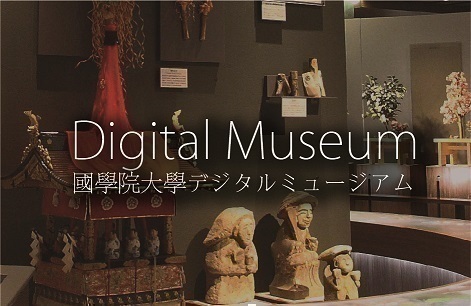- トップ
- Encyclopedia of Shinto
- Kansha
Encyclopedia of Shinto
| Main Menu: | |
| Links: |
詳細表示 (Complete Article)
| カテゴリー1: | 3. Institutions and Administrative Practices |
|---|---|
| カテゴリー2: | Ancient |
| Title | Kansha |
| Text | Official shrines acknowledged by the government in the classical period. The word kansha usually refers to the shrines that received offerings at the annual spring Ki'nensai, which was coordinated by the Jingikan (Department of Divinities). These shrines were part of the official shrine system that emerged during the formation of the ritsuryō order in the late seventh century. Such shrines were also called "official register shrines" (kanchōsha), because they were recorded in the register of official shrines (Kanshachō) prepared by the Jingikan. (In the early eighth century, this Kanshachō register was known as the Jingikanki, and later it was called the Jinmyōchō). Some scholars suggest that the origin of the Ki'nensai, which seems related to the development of the kansha system, was the biannual Tsuinamisai. The term kansha first appeared in the following entry from Shoku nihongi (Chronicles of Japan Continued) dated the eighth month of the third year of Hōki (772): "Aramitama no mikoto, Izanagi no mikoto, and Izanagi no mikoto were enshrined in official shrines (kansha)." However, other sources that discuss the treatment of various shrines, such as a Shoku nihongi entry from the seventh month of the second year of the Taihō era (702) suggest that the institutionalization of official shrines began earlier. Although the origin of the term kansha is unknown, scholars see the beginnings of the idea in such expressions as "shrines of heaven" and "shrines of the country" found in entries from Nihon shoki (Chronicles of Japan) dated the eleventh month of the seventh year of Emperor Sujin (tensha kokusha) and the first month of the tenth year of Emperor Tenmu (tensha chisha, 681). Here, "shrines of heaven" were probably dedicated to celestial deities, while "shrines of the country" enshrined "terrestrial deities" (chigi). The official shrine system was first implemented mainly in the kinai provinces near the capital in the late seventh century, during the reigns of Tenmu (r. 673-686) and Jitō (r. 690-697). The system was probably extended to all provinces in the first half of the eighth century, following the promulgation of the Taihō Code at the beginning of the century. Then, in response to a widespread epidemic in 737, edicts were issued giving official recognition to more shrines, and the number of kansha seems to have increased considerably at that time. The kansha system, however, declined in the Heian period, largely due to the disintegration of the ritsuryō order itself. The method of distributing shrine offerings at the Ki'nensai was unavoidably altered, mainly because "ritualists" (hafuribe) from distant provinces failed to come to attend the ceremony. The religious interests and attitudes of the emperor and his courtiers also changed, and resulted in new policies regarding the administration of kami worship. Although the registering and ranking of shrines continued, and although the Ki'nensai was celebrated until the fourteenth century, the significance of the kansha gradually diminished. In the medieval period, for all practical purposes, these shrines lost their raison d'être. Shrines designated as kansha were not created by the state, but were rather selected and registered from among the private shrines that already existed. The criteria for selection are not clearly stated in the extant ritsuryō codes, but historical documents mention some specific reasons why certain shrines became kansha: 1) the demonstration of powers through natural phenomena, such as a volcanic eruption; 2) the efficacy of public prayers, especially "prayers for rain" (kiu); and 3) location in a place that was important for political, military, or transportation purposes. The great majority of kansha, however, appear to have been local cult centers utilized for agricultural rites. Although some scholars argue that only shrines with existing buildings were selected, this theory is doubtful because not all shrines in ancient times possessed buildings. Beyond the distribution of offerings (hanpei) for the Ki'nensai, it is not clear how much the court government was involved in the affairs of official shrines. Some researchers argue that the court provided official shrines and their buildings with some material and financial support, but on the other hand, others suggest that it imposed certain restrictions on their personnel selections and economic activities. While there are varying opinions about the nature and significance of the kansha and kansha policy, in general it is thought that such policies represented an effort on the part of the ritsuryō aristocrats to assert control over ancient communities organized around local agricultural rites. — Namiki Kazuko |




